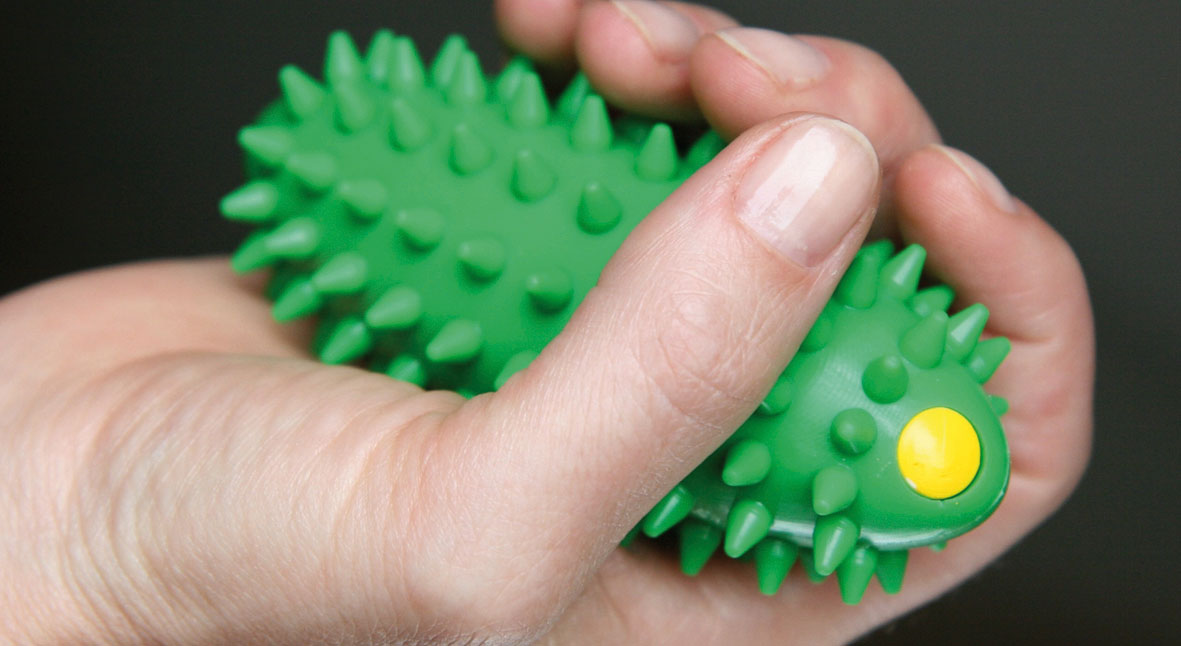by Denise Sommer, Dipl. Sports Science
It’s time once again!
The sun is shining, the first green leaves are sprouting and the desire to go outside literally carries you away!
That means: time to put on your running shoes and “go”!
Endurance training in the fresh air is not only good for getting rid of any winter padding, it also clears the head and gives us a good dose of energy for work, everyday life and the children!
Naturally it’s important to not overdo it at the start! If you were a little inconsistent with your endurance training over winter, then you should start your spring training slowly and, most importantly, lightly!
Start with short running intervals and increase them slowly!
Don’t overexert yourself, the main thing is to have fun while doing sport! This is the only way that you will look forward to your next training and not suffer from a lack of motivation!
Plan your training times into your weekly schedule, and take these appointments as seriously as you do your work commitments! This is the only way to ensure your “completely fit again” project doesn’t go off the rails.
If you haven’t been physically active for a while, or are older than 35, then a visit to your doctor for a health check is recommended. Once you get the green light it’s time to get going.
With running training you differentiate between two supplies of energy:
The aerobic energy supply – here the energy is directly gained from existing carbohydrate and fat reserves along with sufficient oxygen. The “waste product” created here is CO2.
With the anaerobic energy supply without oxygen, the “waste product” is a lactate, or lactic acid.
This means: the more intense the workout, the more oxygen the cardiovascular system needs to pump through the body. This increases the heart rate.
Start with some relaxed running training in a pulse range of 75 to 80% of your maximum pulse. This can be easily checked with a pulse monitor, or if you can still easily converse with your running partner then this is a sign that you have found the right level of exertion. You are running in the aerobic range.
This moderate and “healthy” training improves the oxygen supply to all organs involved, for example heart, lungs, muscles etc.
When you increase your speed and can no longer converse with your training partner without being short of breath, this means you have pushed into the anaerobic range. Oxygen is now in short supply. At this stage there is an adjustment within the muscle cells. This is no longer just about health training.
It is better to gradually increase your speed or occasionally make use of small dumbbells.
The TOGU Brasil®s are perfect for this. Their low additional weight (270 g per piece) means that additional muscles under the arms and in the hands are trained gently.

It will get easier after just a couple of trainings, and your inner couch potato will leave you alone.
Now just make sure you keep going!









